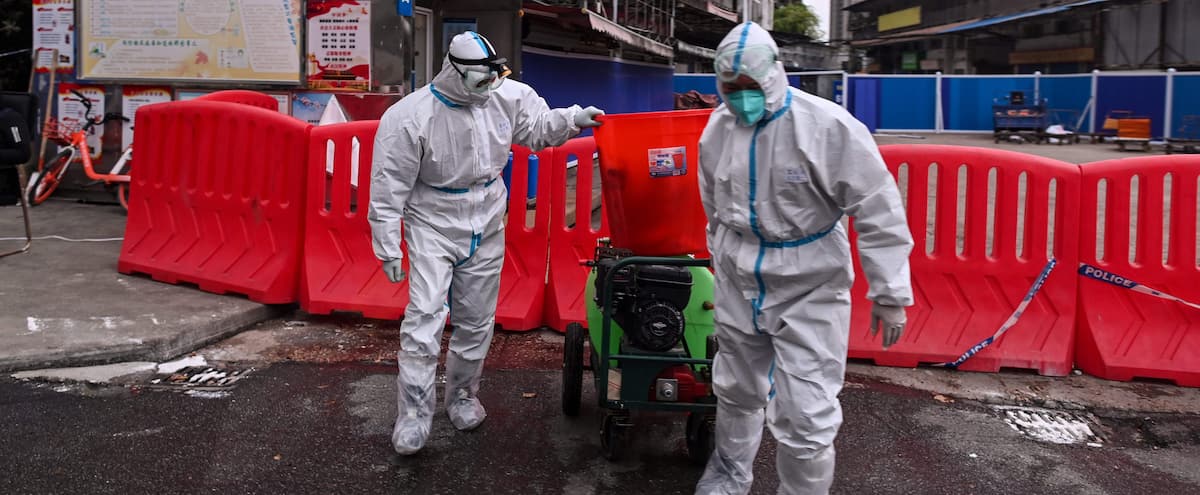
Two studies published Tuesday in the prestigious journal Science The COVID-19 pandemic began in a market in the Chinese city of Wuhan, thus pointing to a more likely animal origin of the virus.
• Read more: COVID-19 continues to spread in eastern Quebec
• Read more: Vaccination of young children: Quebec parents evenly divided
• Read more: Positive for COVID, Quebec’s mayor will miss Pope’s visit
The first study was a geographic analysis, which showed that the first cases detected in December 2019 were clustered around the market. The second is genetic analysis of the virus from the first cases showing that the virus was unlikely to have spread widely among humans before November 2019.
Since the outbreak began, the debate has intensified among experts, who are trying to unravel the mystery of the virus’s origin almost three years later.
One of the authors of these studies, virologist Michael Worobe of the University of Arizona, signed a 2021 letter calling for serious consideration of the hypothesis of a leak from a laboratory in Wuhan.
But the analyzed data “has made me evolve, and I think today, it is not plausible that the virus was introduced in any other way through the animal trade in the Wuhan market,” he said in a press release. Conference.
For his part, Christian Andersen of the Scripps Research Institute and co-author of these studies declared: “Have we proven the theory of the lab leak? No. Could it be done one day? No. But I think it’s important to understand that there are possible scenarios and possible ones. And that ‘possibility’ ” does not mean ”likely”.
Market focus
The first study examined the residences of the first 155 cases identified in December 2019. The researchers showed that these cases were concentrated around the Wuhan market, unlike those recorded in subsequent months, which coincided with more densely populated neighborhoods. Virus spread.
Also, in the cases studied, those not directly connected to the market lived closer than those who worked there or had recently moved there. This indicates that they may have become infected due to their proximity to this location.
The researchers also analyzed samples taken from the market in January 2020, for example from a cage or trolleys.
Their analyzes showed that positive samples for SARS-CoV-2 were concentrated in the southwest of the market, precisely where live animals were sold (raccoon dogs, badgers, foxes, etc.).
The animal that acts as an intermediary between bats, carriers of the coronavirus, and humans has not been determined.
Prevent further infections
The second study was based on an analysis of the genome of the virus that infected these first cases. He concludes that two lineages of the virus, A and B, existed prior to February 2020, and that these two lineages likely resulted from two separate human transmission events in the Wuhan market.
Previous studies suggest that the lineage evolved from A.
Scientists stress that understanding where the animals sold in the Wuhan market came from will be important in the future to reduce future risks.
So the researchers argued that if the gray areas remained intact, the information available early in the epidemic was actually more comprehensive.
“There is a general feeling that we don’t have any information that can tell us anything about the origins of the COVID-19 pandemic,” commented Christian Andersen. “This is wrong.”
China has regularly been accused of withholding information or failing to fully cooperate with international investigations. But it is important to understand how this epidemic started to prevent future events like this and save millions of lives.
“We don’t need to assign a person responsible for epidemics, but we do need to understand them,” concluded Christian Andersen.




More Stories
More than 200 former Republican aides back Kamala Harris | US Election 2024
An investigation into the ill-treatment of the Lev Tahor sect in Guatemala
Brossard is suspected by the US of supporting Russia’s war effort